The Doctrine of Awakening by Julius Evola

I have read The Doctrine of Awakening by Julius Evola. Reading this book was a natural step after reading The Yoga of Power (read my review of it here). Evola was, as you may know, a Traditionalist and, generally speaking, wrote from a Right-wing perspective. Evola took issue with the faulty (i.e. ‘hippy’-like) interpretations of Buddhism that permeated the West (one could say that they still do). In the book, Evola emphasises the Aryan (i.e. Indo-European) and aristocratic (i.e. Kshatriya caste) origin of Siddhartha Gautama, better known as Buddha – the Enlightened One. It should be noted that the book can be read as a refutation of the aforementioned faulty interpretations of Buddhism. Therefore, it is, in my humble opinion, a good book to read for anyone who seeks a genuine understanding of Buddhism. I am not yet knowledgeable enough in regard to Buddhism to comment further upon many of the topics presented in the book – I will reread it later on when I have acquainted myself with more Buddhist texts. Even without any greater prior knowledge of Buddhism, The Doctrine of Awakening is interesting and contains plenty of unique insights as well as many truly epic quotes (some of which are listed below).
The Physical Aspect of the Buddha
‘Thou hast a perfect body, thou art resplendent, well born, of noble aspect, thou hast a golden colour and white teeth, thou art strong. All the signs that thou art of noble birth are in thy form, all the marks of a superior man.’
– Sutta Nipāta, 3.1.19.
This supremely epic and inspiring quote appears in the book to describe how Buddha appeared to kings. This descriptions comes from one of the oldest Buddhist texts, and paints a picture quite dissimilar to the rather round Buddha often seen depicted (in statues for example). You, my dear reader, must now excuse my hubris as I accompany this heroic quote with the following picture:
The Aryan-ness of the Doctrine of Awakening
As mentioned above, an important point Evola returns to in several chapters of the book is the Aryan-ness (Indo-European-ness) of Hinduism and, by extension, Buddhism. In the chapter The Aryan-ness of the Doctrine of Awakening, he elaborates on why he emphasises the Indo-European origins of Buddhism – he wishes to confront those who view the doctrine as one of Asiatic exclusiveness, i.e. one foreign to the European spirit.
‘We have to remember that behind the various caprices of modern historical theories, and as a far more profound and primordial reality, there stands the unity of blood and spirit of the white races who created the greatest civilizations both of East and West, the Iranian and Hindu as well as the ancient Greek and Roman and the Germanic.’
Julius Evola – The Doctrine of Awakening. Page 14.
Here Evola refers to the Indo-Europeans. Evola uses the term Aryan; I use the term Indo-European to be more specific and to avoid confusion. I asked the knowledgeable Chad Pastoralist for a comment on the genetic aspect of the Indo-European legacy – he kindly wrote a highly interesting, in-depth answer which can be read at the end of this article. Evola’s quote continues:
‘Buddhism has the right to call itself Aryan both because it reflects in great measure the spirit of common origins and since it has preserved important parts of a heritage that, as we have already said, Western man has little by little forgotten, not only by reason of involved processes of intermarriage, but also since he himself – to a far greater extent than the Eastern Aryans – has come under foreign influences, particularly in the religious field.’
Julius Evola – The Doctrine of Awakening. Page 14.
In this second part of the quote, one can surmise that it is Christianity Evola is referring to. A debate regarding which is more in tune with the Indo-European spirit – Buddhism or Christianity – would indeed be interesting. I am not yet knowledgeable enough to give a conclusive answer – perhaps I will include a chapter on the topic in my next book. What we can say for now, however, is that, as Evola himself has pointed out in his The Mystery of the Grail (read my review of it here), Christianity was thoroughly Germanised once it came into contact with the Germanic tribes. Thus, it can be fair to say that the origins of Christianity are more foreign than the origins of Buddhism – but that, as time went on, Christianity became more European, whereas Buddhism became less Indo-European.
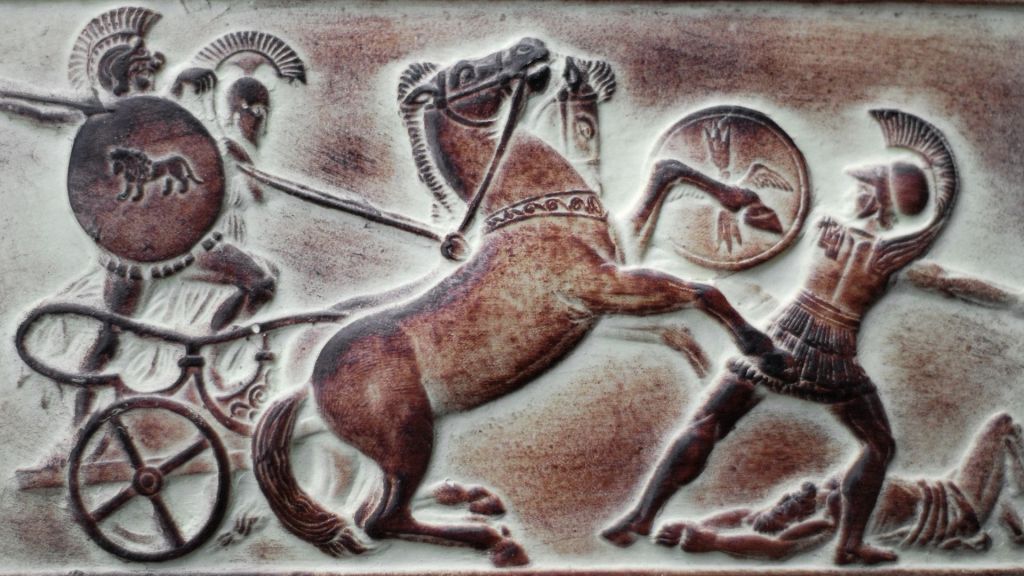
Aryan Attitudes to Lying
In the chapter titled Rightness, Evola notes that nothing among the Aryan peoples was as ignominious as falsehood. In an Aryo-Persian text it is even said that killing is not as serious as lying. On a personal note, I never lie. I lead a life in which I do not have to lie – not to others, not to myself. In fact, as a conscientious person, you cannot lie to yourself; which means that shame will be yours if you behave in a way that does not correspond to your vision of yourself – regardless if anyone else knows. Honour is all.
A Great Mental Image
In the chapter titled Determination of the Vocation, Evola quotes from a text named Majjhima. The following is said about the willpower of the ascetic:
‘The ascetic is one who has gained mastery over himself, who “has his heart in his power, and is not himself in the power of his heart.” He is the master of his thoughts. “Whatever thought he desires, that thought will he think, whatever thought he does not desire, that thought will he not think.” As a perfectly tamed elephant, led by his mahout, will go in any direction; as an expert charioteer, with a chariot ready on good ground at a crossroad and harnessed to a thoroughbred team, can guide the chariot where he wishes; or as a king or a prince with a chest full of clothes, may freely choose the garment that most pleases him for the morning, the afternoon, or the evening – so the ascetic can direct his mind and his being toward one state or another with perfect freedom.’
Julius Evola – The Doctrine of Awakening. Page 80.
With training, it is possible to gain a greater mastery over one’s mind. This mastery is a power that will be useful for any endeavour. Having his heart in his power – instead of the heart having him in its power – can be translated into being in control of any urge or temptation that goes contrary to one’s goals. Pictured below: yours truly choosing the garment that pleases me the most, just as I endeavour to choose the thoughts that please me the most.
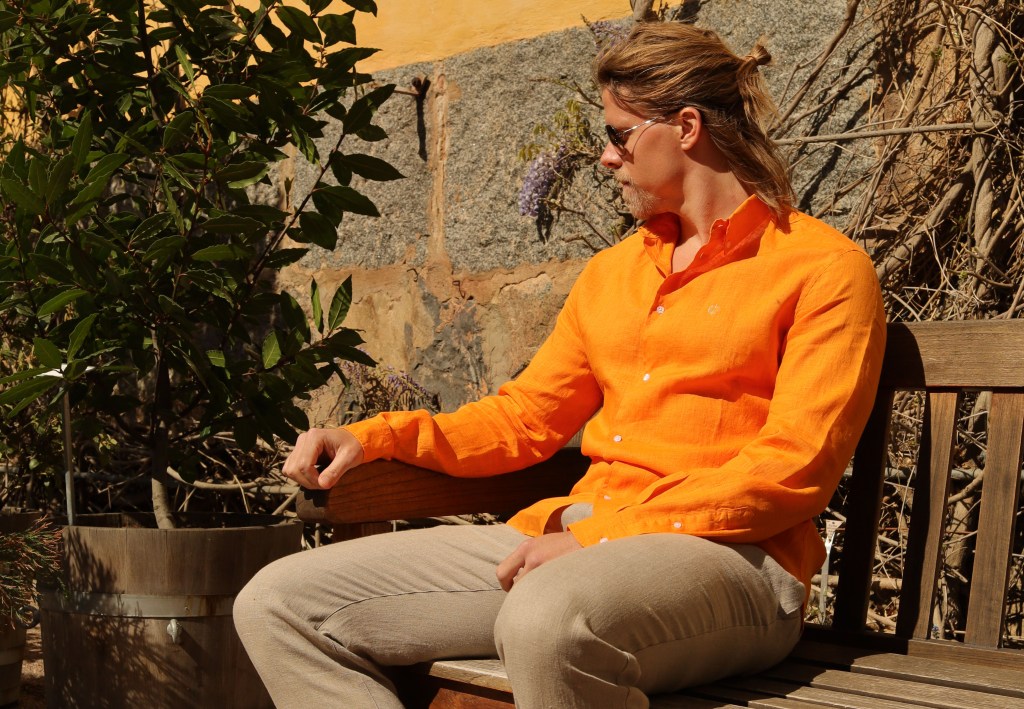
The Demon of Desire
‘Hindus have the myth of Śiva, the great ascetic of the mountaintops, who with one glance of his frontal eye – the eye of knowledge – reduced Kama, the demon of desire, to ashes when he tried to disturb his mind.’
Julius Evola – The Doctrine of Awakening. Page 112.
For anyone struggling with desires, this image will be useful. Invoke the image of Shiva destroying Kama should you be in need of overcoming an urge – this can be a potent technique for anyone still addicted to pornography.

The Awakened One
In the chapter titled Signs of the Nonpareil, Evola again draws upon the Majjhima to supply us with an inspiring description:
‘The Awakened One is he who is detached from life and death and who knows the way up and the way down, he is “bold, not knowing hesitation, a sure leader, pure of passion, resplendent as the light of the sun, resplendent without arrogance, heroic”; he is the Knower “whom no mania dazzles, no trouble conquers, no victory tempts, no spot stains”; he is one “who asks no more, and who, as a man, has mastered the ascetic art”: he is the “great being, who lives strenuously, free from every bond, no longer slave to any servitude”; he is “the Valiant One, who watches over himself, constant in his step, ready to the call, who guards himself within and without, to nothing inclined, from nothing disinclined, the Sublime One whose spirit is powerful and impassible”; he is the “Awakened One whom no thirst burns, no smoke veils, no mist clouds: a spirit who honors sacrifice and who, like no other, towers in majesty.”’
Julius Evola – The Doctrine of Awakening. Page 210.
An ascended being of power completely in control of his own mind. Note: the pictures above and below are not of Buddha but of Shiva – they fitted the quotes aesthetically speaking!
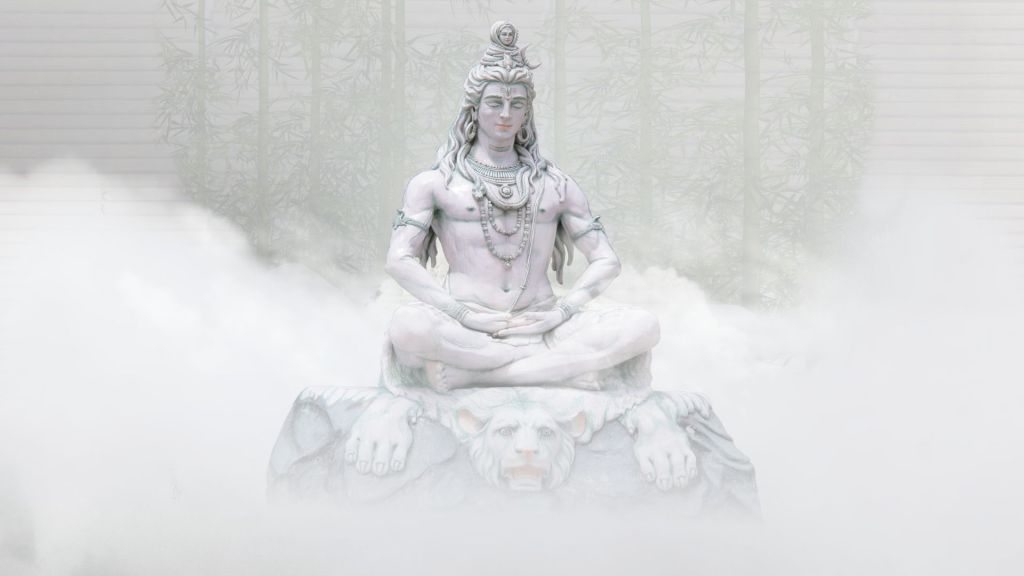
Another epic quote that appears in the book is the following. The quote reminded me of another inspiring quote about Buddha and the prodigious cobra Muchalinda found in The Serpent Symbol in Tradition by Dr. Charles William Dailey (read my review here).
‘It is said that when Prince Siddhattha was sitting under the “tree of illumination,” resolved not to move until he had reached transcendental knowledge, he underwent an attack by the demoniacal forces of Māra, who was determined to move him from there, in the form of flames, whirlwinds, tempests, and fearful apparitions. But Prince Siddhattha remained unshakable and all these apparitions finally vanished.’
Julius Evola – The Doctrine of Awakening. Page 116.
Conclusion
At 239 pages, The Doctrine of Awakening is not a long book. However, since the topics are quite heavy and Evola’s works are usually quite dense, the book will require a bit more time than many other books of the same length. As stated previously, the book is best read when already having an understanding of Buddhism – there are easier introductions to the subject. That being said, reading about the topic from Evola’s perspective makes it much more interesting and certainly gave me new and valuable insights. I look forward to reading more about Buddhism in the coming time!
Appendix – Indo-European Genetics
The following explanation was given to me by The Chad Pastoralist. If you are interested in these matters, I highly recommend that you follow him on Telegram (https://t.me/thechadpastoralist).
Northern Europe
‘Northern Europeans on average are about 40-50% descended from the Yamnaya. The ‘Yamnaya-like’ or ‘steppe’ component of ancestry entered Northern and Central Europe via various Indo-European-speaking cultures such as the Corded Ware Culture and Bell Beaker Culture, which in itself was a Western branch of the Corded Ware Culture. Steppe ancestry entered Scandinavia via the Battleaxe Culture, which was a Northern branch of the Corded Ware Culture that had mingled with the Funnelbeaker Culture in Northern Europe. Modern English people receive around 47-49% of their ancestry from the steppe which was introduced via the Bell Beaker Culture around 4,300 years ago. Steppe ancestry reaches its peak in Britain at around 50% amongst the Irish and Scottish, and this number can also be found in Scandinavia.
Southern Europe
In Southern Europe it varies. In Iberia steppe ancestry is about 31-40%, but over 90% of the non-Indo-European lineages were replaced by the Beaker folk just like they were in Britain. This ultimately means that regardless of what percentage of steppe ancestry an Iberian male may carry, if they have the R1b Y-DNA haplogrpup, they descend directly from a Beaker warrior from thousands of years ago.
Scandinavia
In regards to Scandinavia, the Battleaxe Culture was an Indo-European-speaking culture that emerged as a Northern branch of the Corded Ware Culture. The Battleaxe Culture mingled with the Funnelbeaker Culture, which was an Early European Farmer culture rich in indigenous Western Hunter Gatherer ancestry. Due to a Founder Effect in Scandinavia, the I1 haplogroup, which is associated with the Western Hunter Gatherers theoretically speaking, had become the dominant Y-DNA haplogroup amongst that culture. Autosomally speaking, steppe ancestry outweighed WHG ancestry, and most Scandinavians today have a very high prevalence of steppe ancestry up to 50% and sometimes ever so slightly higher.
India
In India, steppe ancestry was brought into the area via the Sintashta Culture. The Sintashta was an Indo-European culture that had invented the spoked wheel specifically for chariot warfare, and they had the highest prevalence of blonde hair and blue eyes amongst several Indo-European groups. Most Indians today only inherit about 20% of their ancestry from the Sintashta, but some high-caste Indians carry haplogroups associated with a direct paternal Indo-European lineage.
Yamnaya
In regards to the Yamnaya themselves, they were on average 55% descended from Eastern Hunter Gatherers, 35% from the Caucus Hunter Gatherers and the other 10% was minor amounts of Western Hunter Gatherer and Early European Farmer ancestry. These numbers fluctuated throughout history which has resulted in the present-day genetic make-up of modern Europeans, with Northern Europeans receiving most of their ancestry from the Yamnaya via their descendants (such as the Corded Ware Culture and Bell Beaker Culture). Southern Europeans receive Indo-European ancestry to an extent, but importantly via the Y-DNA haplogroup like R1b which specifies a direct unbroken paternal lineage back to the Steppe herders.’
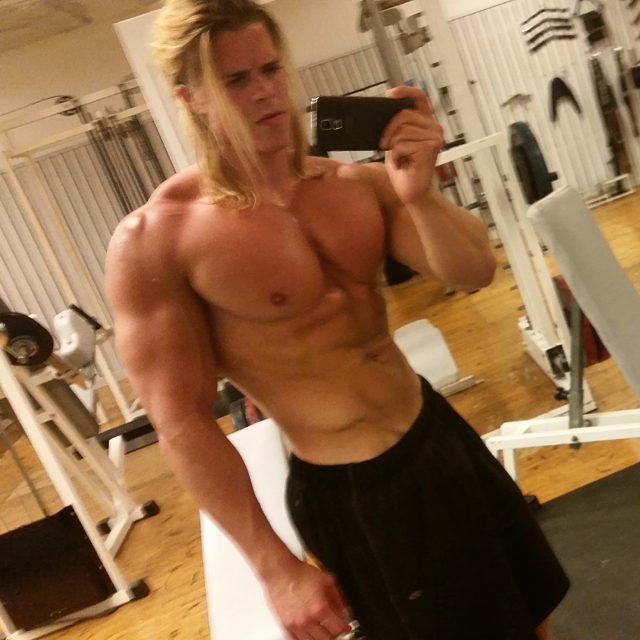

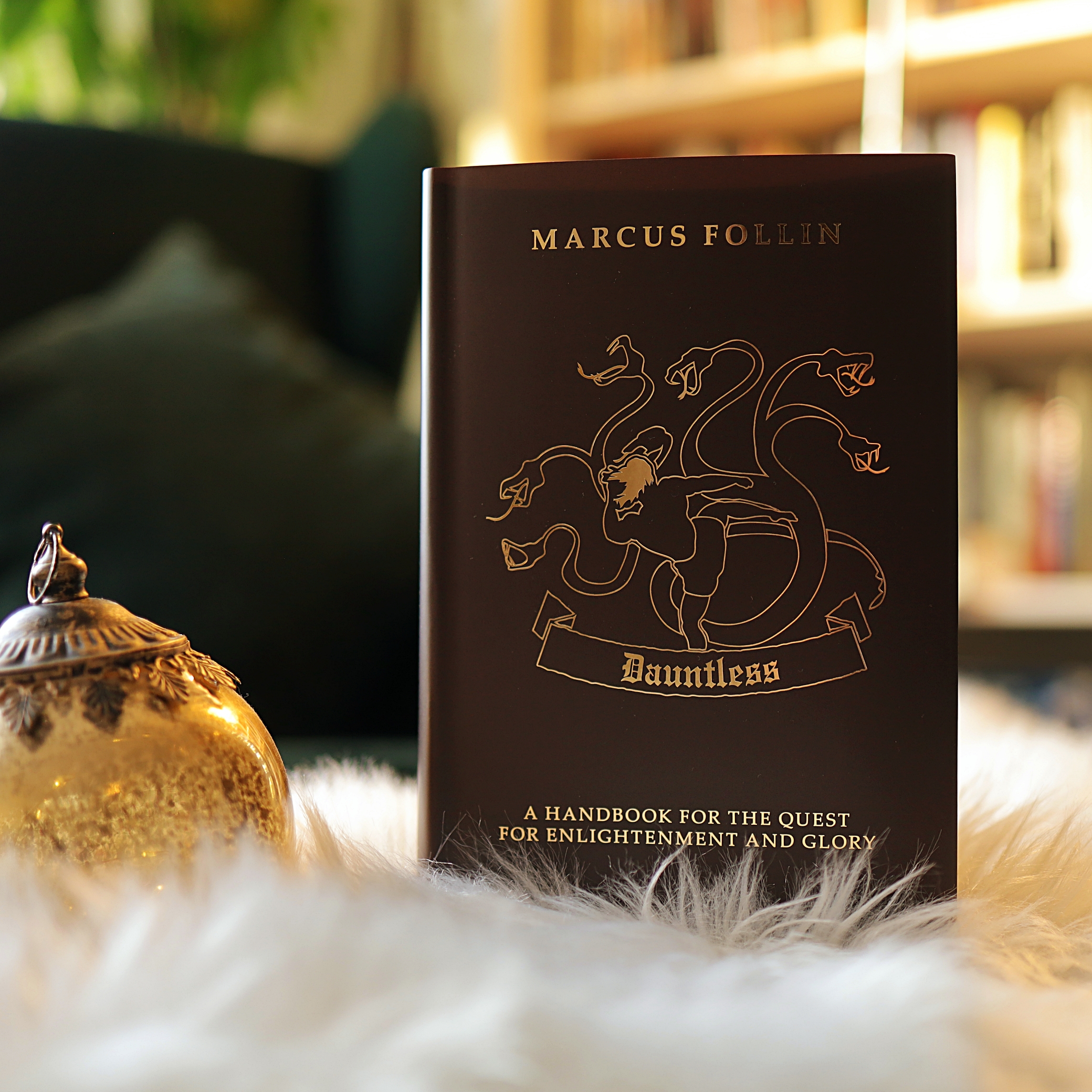


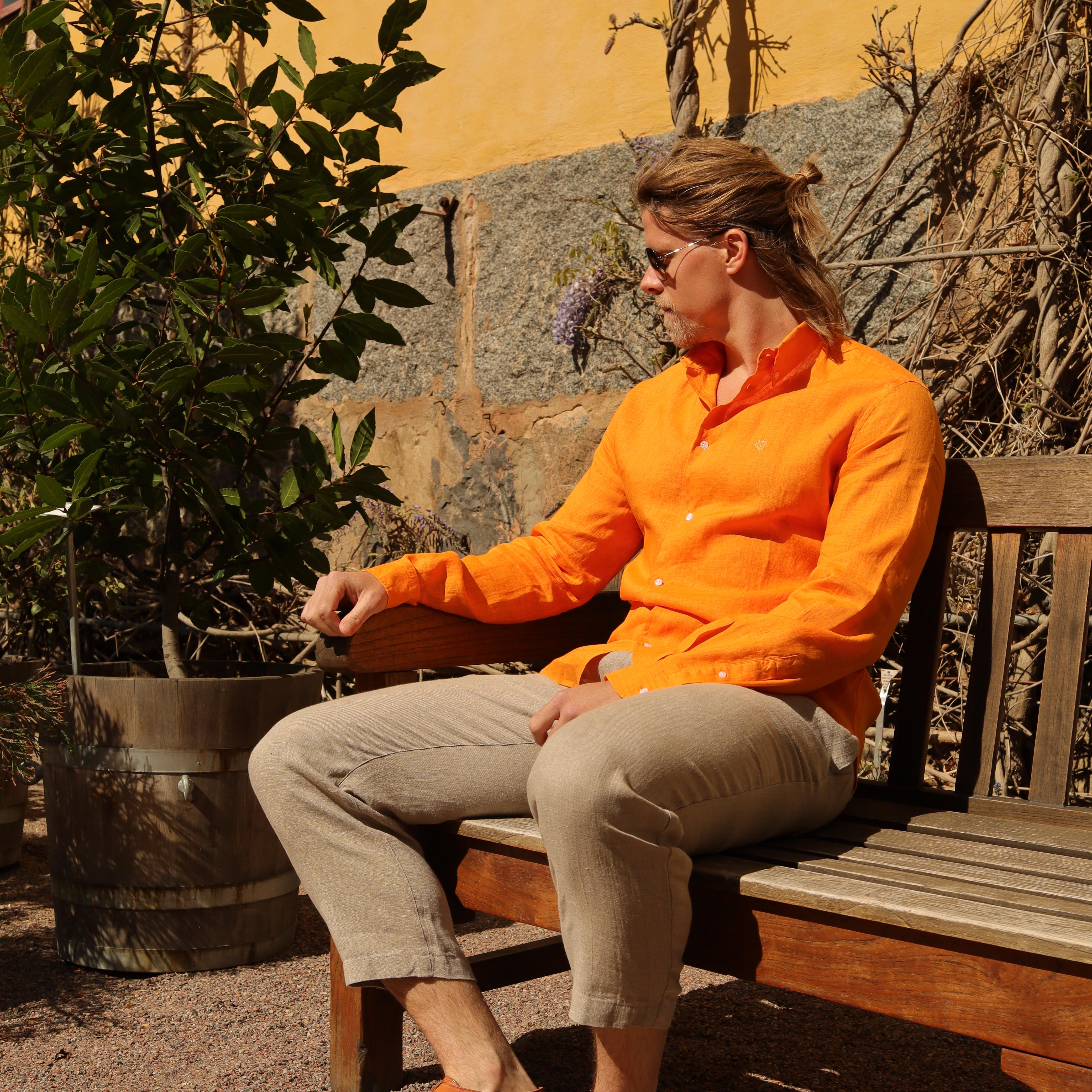









You must be logged in to post a comment.